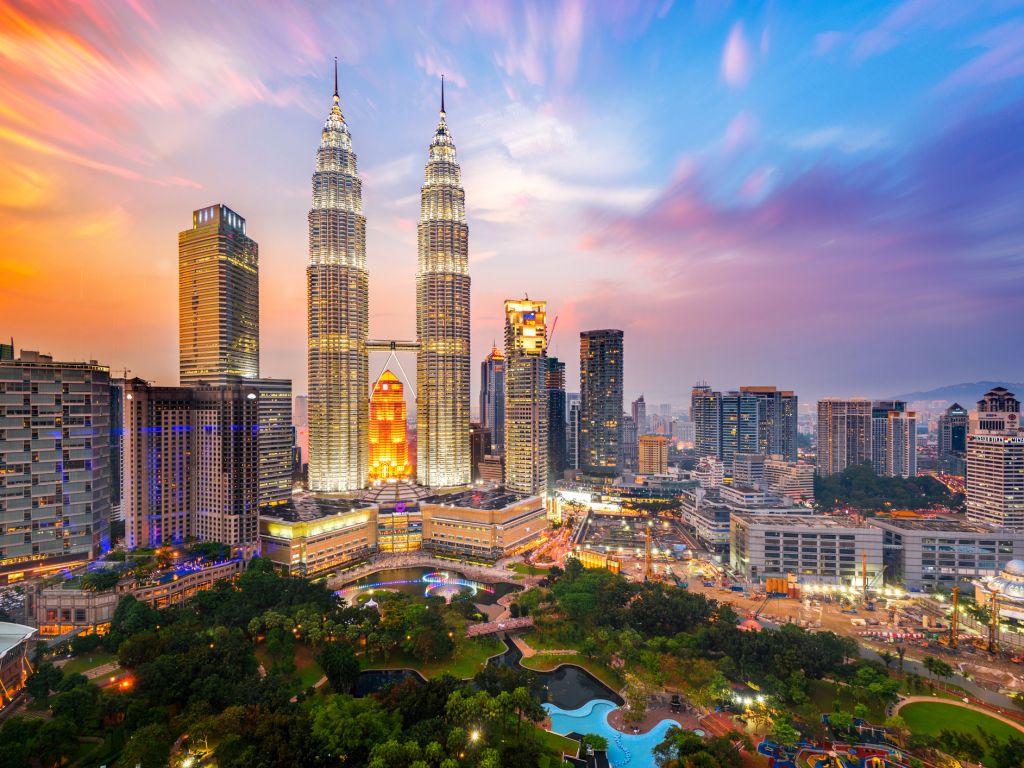
FEATURED STORY
Turkmenistan to showcase investment opportunities at TEIF 2025 in Kuala Lumpur
On 23-24 April, Kuala Lumpur will host the International Forum to Attract Foreign Investments in Turkmenistan's Economy (TEIF 2025). The event is...

Gas in Transition, a magazine by Natural Gas World that aims to provide our subscribers with the market information, insight and foresight to make informed decisions in the natural gas sector and in the emerging market of clean technologies. Available to NGW Premium Subscribers.